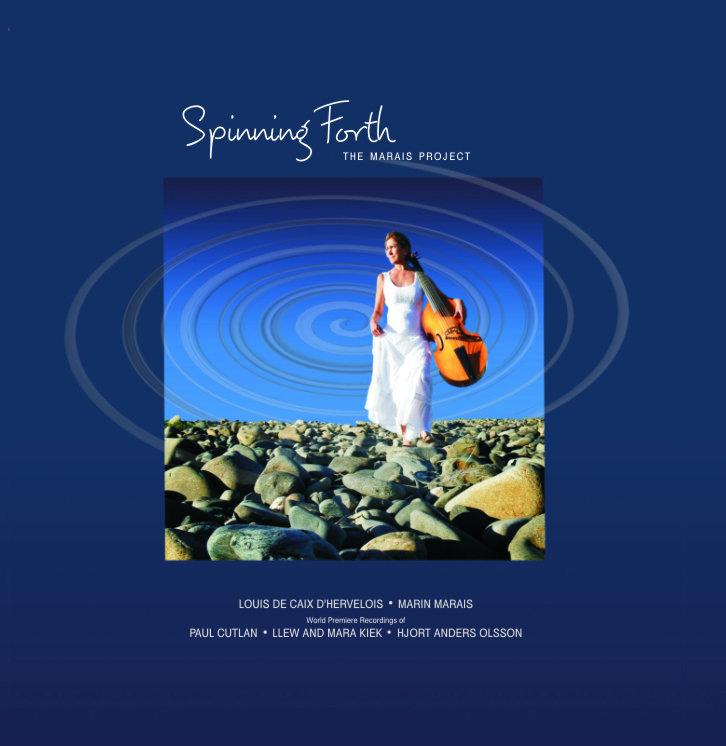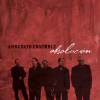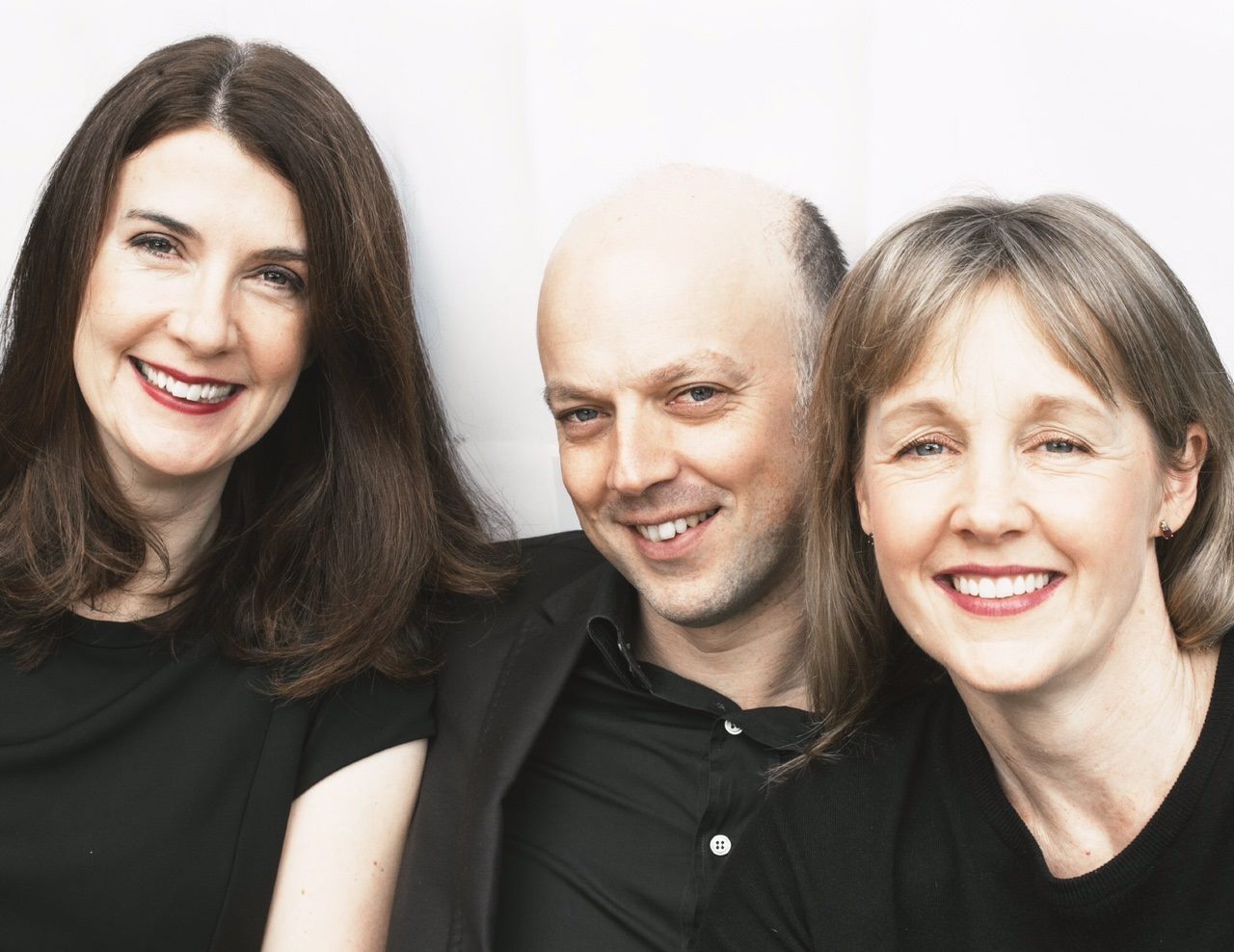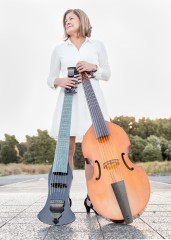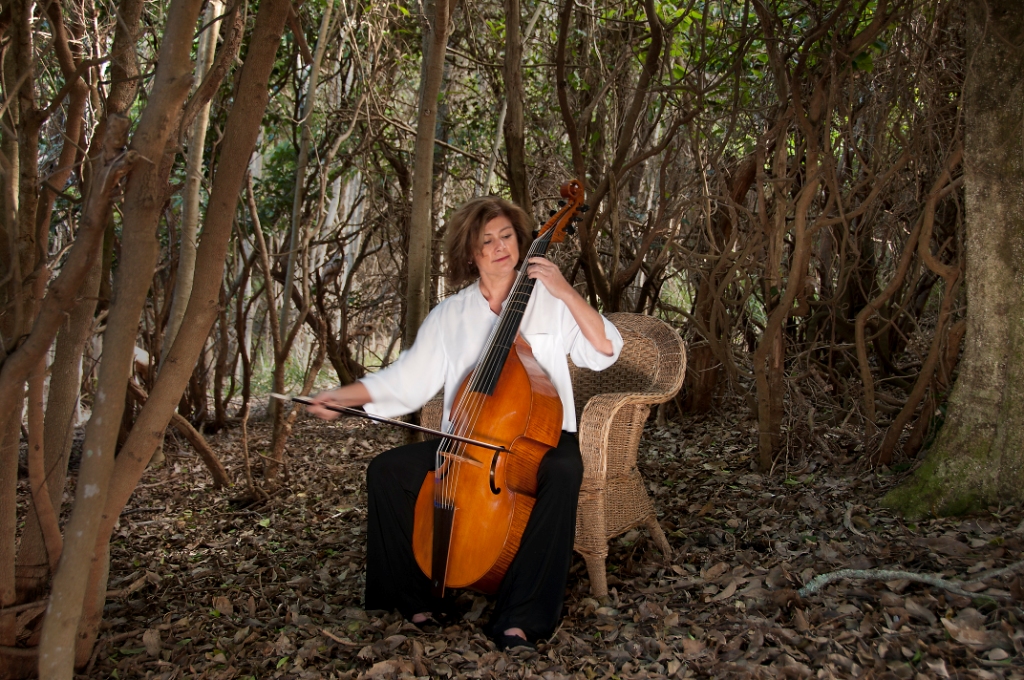Album Review: Spinning Forth/ Marais Project
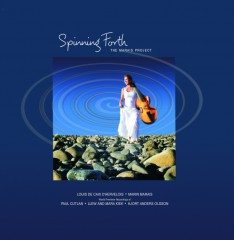
The Marais Project’s new CD Spinning Forth is a gorgeous collection of music which showcases the viola da gamba and its ensemble partners, through dedicated pieces written during its golden age in the 17th century and through its second coming in the 20th century, championed in Australia by viola da gamba player and founding artistic director of the ensemble, Jennifer Eriksson.
Eriksson is joined by co-viola da gamba player Catherine Upex, theorbo player Tommie Andersson, baroque violinist Matthew Bruce, baroque flautist Mikaela Oberg, harpsichordist Raymond Harvey and tenor Koen van Stade in this anthology of 5 works and 15 tracks, which includes three world premiere recordings, making up nearly 45 minutes of utterly delightful music.
The ensemble is named after the great 17th century master of the viola da gamba, Marin Marais and so it is fitting that both Marais and one of his students, Louis de Caix d’Hervelois feature prominently in this album, which opens with the latter’s Suite in D minor from the Pièces de viole, Premiere Livre (1708). Caix d’Hervelois produced five books of pieces for the viol and they are a cornerstone in the repertory of French viol music. The ensemble for this suite comprising Eriksson as soloist with Upex playing continuo viola da gamba and Andersson on theorbo, shows a sensitivity to the characteristically elegant French melody and its ornamentation. There is exquisite phrasing and a delicate sense of light and shade. Although in a minor key, the ensemble creates a lightness of mood. After a declamatory Prelude, the suite moves to a mix of portrait-style and dance movements. Playing in thirds and often in da capo style with embellishment, characteristic of Caix d’Hervelois, the dances are vibrant and infectiously rhythmic as the viol pirouettes over the chordal bass lines from the continuo viol and theorbo.
The homage Tombeau for John Dowland – is an arrangement by Eriksson for two gambas and theorbo, of Marais’ Tombeau pour Marais le Cadet from his fifth book of Pièces de viole (1725). Originally for single viol and continuo, Eriksson has expanded it by adding a second gamba line, lending truth to the observation by the 18th century French viol player Hubert Le Blanc that ‘nothing in the world touches two bass viols for a perfect rendering of the upper and lower lines’. It is an expansive and generously phrased homage that poignantly expresses desolation without being maudlin.
There are three contemporary works on the CD, making up the three world premiere recordings. Min levnads afton is a traditional Swedish folk tune made famous by fiddler Hjort Anders Olsson (1865 – 1962), discovered by ethnomusicologist Nils Andersson who, like Bartok in Hungary, travelled the countryside documenting the folk songs of Sweden. Tommie Andersson describes a personal connection with this piece which he has arranged for baroque violin and flute, gamba and theorbo. Starting in the growling lower register of the theorbo, the gamba, violin and finally the bright and lilting flute enter in turn in ascending registers, elaborating variations of the theme with distinctive open harmonies and embellishments.
Australian composer Paul Cutlan (1964) composed Spinning Forth, a four-movement suite for viola da gamba and harpsichord which acknowledges as its inspiration, the music of J S Bach. The style is unmistakeable through the meandering opening statement made by the Prelude. In the second movement (With Rustic Energy) the keyboard mostly takes on the sprightly melody as the gamba provides the chordal accompaniment, the two instruments engaging in a complex rhythmic and improvisatory dialogue. The suite is rounded out with two dance movements, which, despite their titles, refrain from the traditional rhythms of the Sarabande and Gigue. The two instruments take alternating voices in the quasi-Sarabande, Slow and Sustained, in question and answer style, coming together at the end, the gamba part replete with double stops. The final quasi-Gigue perhaps best illustrates Cutlan’s use of the principal of fortspinnung in this piece. The term, coined in 1915, describes a way of writing where the melody is developed by ‘spinning out’ a short idea or motif into an entire phrase by various means.
The collection closes with the final world premiere recording of a work by Llew and Mara Kiek, written in the c1950s, called The Streets of Forbes. The pair of pieces, The Cheshire Rounds and The Streets of Forbes relate to Australian history and are played by Eriksson, Oberg and Bruce, joined by Andersson on the classical guitar and tenor Koen von Stade.
The Cheshire Rounds is set to a complex multi-metric Bulgarian rhythm. Matthew Bruce gives a playful rendition of the theme which is taken over by Oberg and draws on Eastern styled modes. The Streets of Forbes is a well-known folk song that narrates the killing of bushranger Ben Hall. Koen von Stade tells the tale in simple yet moving balladeer style.
Eriksson has created an ensemble that performs this thoughtful programme with brilliant musicianship. It is an intimate recording, rich in detail – detail that can sometimes be lost in the sound of a larger ensemble or concert hall.
Spinning Forth unites music from across the centuries, continents, styles and hemispheres, illustrating the charm of early music, and demonstrating that old instruments can remain relevant as they make new music.
Shamistha de Soysa for SoundsLikeSydney©
‘Spinning Forth’ is available on the Move label MCD 564

